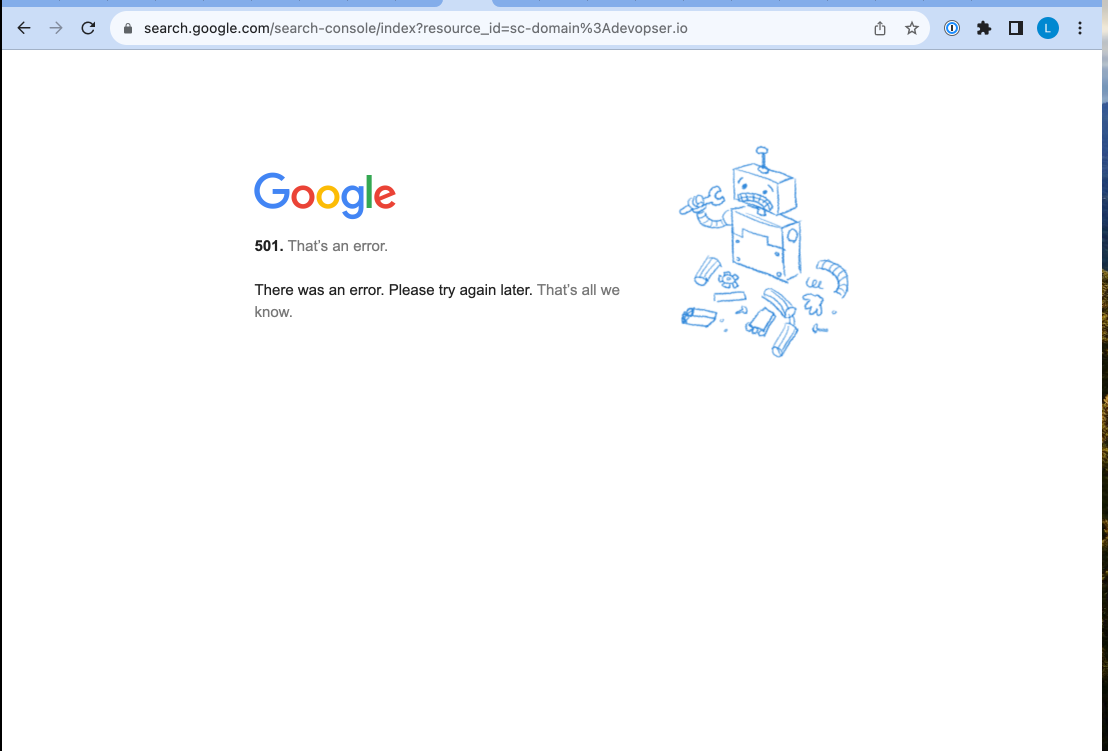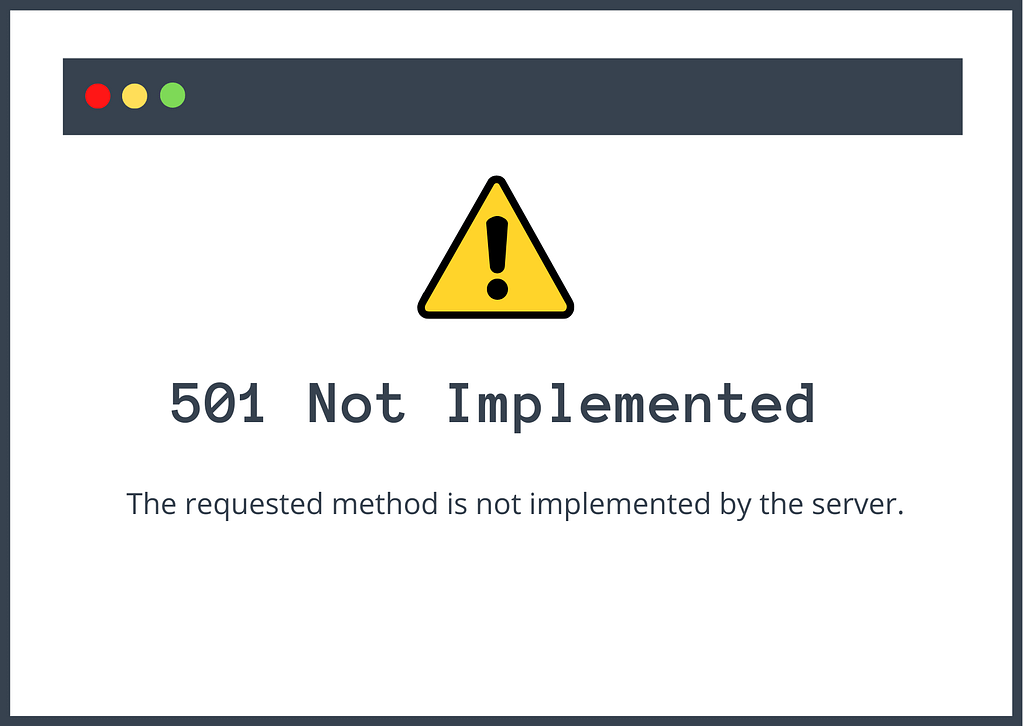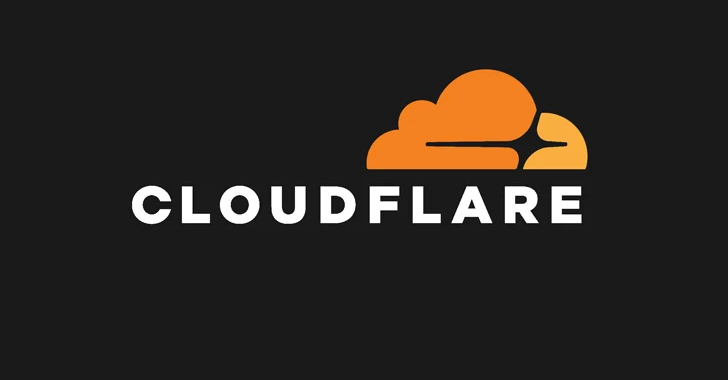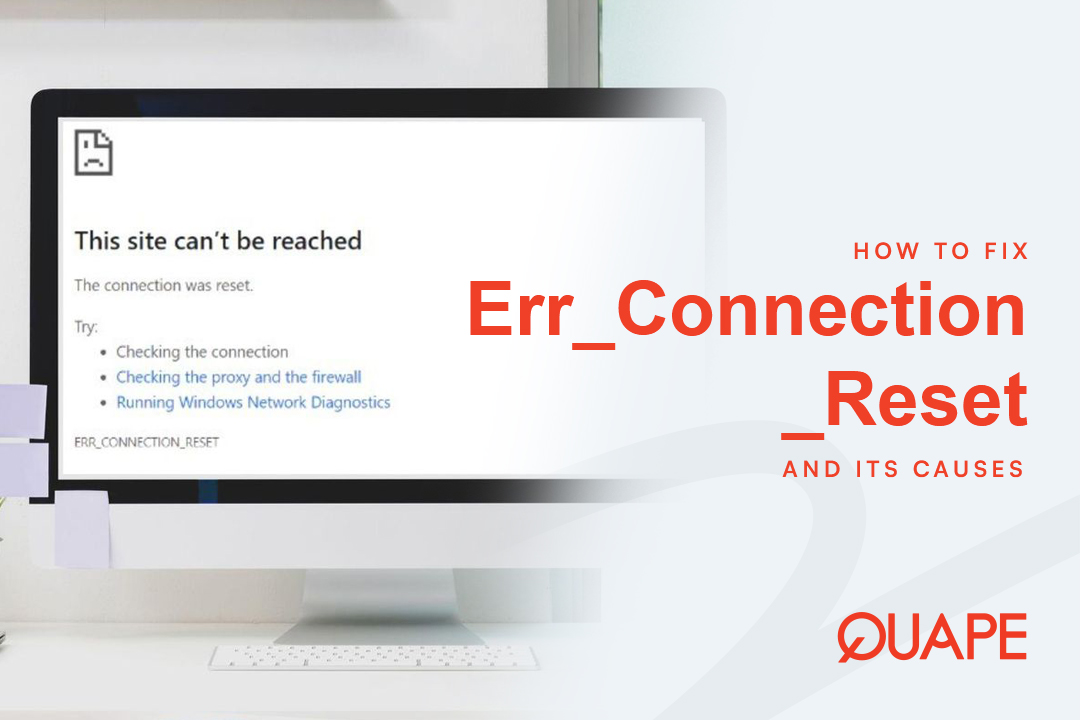Encountering an error code on your website can be a confusing and frustrating experience. While most users are familiar with the generic “Error 404: Page Not Found,” a less common but equally vexing issue is Error 501: Not Implemented. This server-side error indicates a very specific problem: your web server does not recognize the request method being used to access the page. While this might sound highly technical, the root cause is often simpler than you think and can be fixed with straightforward steps.
This guide will explain what Error 501 means, what causes it, and provide a clear, step-by-step plan to resolve it quickly and get your website back on track.
Table of Contents
ToggleUnderstanding Error 501: A Server’s “I Don’t Know How” Response

Error 501 is an HTTP status code that tells you the web server doesn’t support the functionality required to fulfill the request. In plain English, the browser sent a request using a specific command (like GET, POST, or PUT), but the server doesn’t have the capability to handle that particular command for the requested resource.
For example, a standard request to load a page uses the GET method. If you’re trying to post data to a form, the POST method is used. If a server receives a GET request for a page but is not configured to handle it, it will return a 501 error.
Unlike a 500 Internal Server Error, which is a generic problem, the 501 error is very specific. It’s not a temporary glitch; it’s a message from the server that says, “I am not equipped to handle this type of request.”
Common Causes of Error 501
While Error 501 is less common than other server errors, it usually stems from one of these issues:
1. Unsupported Request Method
The most direct cause is that the browser or application is using a request method that your web server (e.g., Apache or Nginx) doesn’t support. This can happen if an outdated browser, a bot, or a custom application is making a request with a non-standard or deprecated method.
2. Outdated Server Software
Your web server software might be running an old version that doesn’t support a specific HTTP method required by modern applications or browsers. An outdated server can also lack security patches and the latest functionalities.
3. Misconfigured Server Modules
Certain server modules or handlers are required to process specific requests. If a necessary module is disabled or misconfigured, it can lead to a 501 error.
4. Malicious Activity
In some cases, a 501 error can be triggered by a bot or hacker attempting to exploit a vulnerability by using an unrecognized or malicious request method.
How to Fix Error 501: A Quick Troubleshooting Guide

The solutions for this error typically involve checking your server’s configuration and software. Follow these steps to diagnose and fix the problem.
Step 1: Clear Your Browser’s Cache and Cookies
Before you dive into technical fixes, start with the simplest solution. A browser’s cache can sometimes cause a 501 error if it has a corrupted version of the page.
- Clear your browser’s cache and cookies.
- Reload the page. If the error persists, you know it’s a server-side issue.
Step 2: Update Your Server’s Software
If the error is caused by outdated software, the solution is to update your web server (e.g., Apache, Nginx) and PHP to the latest stable versions.
- Log in to your hosting control panel (like cPanel).
- Look for a “Software” or “PHP Version” section.
- Update your software to the latest available version. For most users on shared hosting, the host manages these updates. If you have a VPS or dedicated server, you will need to perform these updates yourself.
Step 3: Check Your Website’s Code
A bug in your website’s code or a plugin can cause it to send an invalid request to the server.
- Check for recent changes: Did you just install a new plugin, theme, or custom code? Try disabling the new addition to see if the error is resolved.
- Run a security scan: A malware infection can also cause a 501 error. Use a security plugin or a scanner to check your website for any malicious files.
Step 4: Contact Your Hosting Provider’s Support
If you have tried the above steps and the error remains, the issue is most likely a server configuration problem that only your hosting provider can fix.
- Provide Details: When you contact support, be ready to provide them with the URL of the page showing the error, any recent changes you made, and the specific time the error occurred.
- Ask about the logs: Ask them to check the server logs for the specific error. The logs can give them a precise reason for the 501 error, such as a disabled module.
Step 5: Check Your DNS Records
In rare cases, a DNS misconfiguration can lead to the request being sent to the wrong server, which may not support the necessary methods.
- Verify your DNS records to ensure they are pointing to the correct server IP address.
- If you recently migrated your site, allow time for DNS propagation.
Conclusion
Encountering Error 501: Not Implemented is a clear signal that your server is unable to process a specific type of request. While it can seem intimidating, the solution often lies in simple actions like clearing your cache, updating your server software, or, most reliably, contacting your hosting provider. By following this guide, you can quickly get to the root of the problem and ensure your website is running smoothly.
Looking for a web hosting provider that prioritizes performance and expert support? Quape, a leading web hosting and domain company in Singapore, offers high-performance hosting solutions built on the latest technology. Our team is dedicated to providing robust infrastructure and fast, reliable support, so you can focus on your website without worrying about technical issues. Explore Quape’s hosting solutions today and secure a reliable home for your website.
- How to Fix Err_Connection_Reset and Its Causes - November 12, 2025
- What Is Apache? A Simple Guide for Beginners - October 27, 2025
- What Is Nginx? A Simple Guide for Beginners - October 27, 2025



